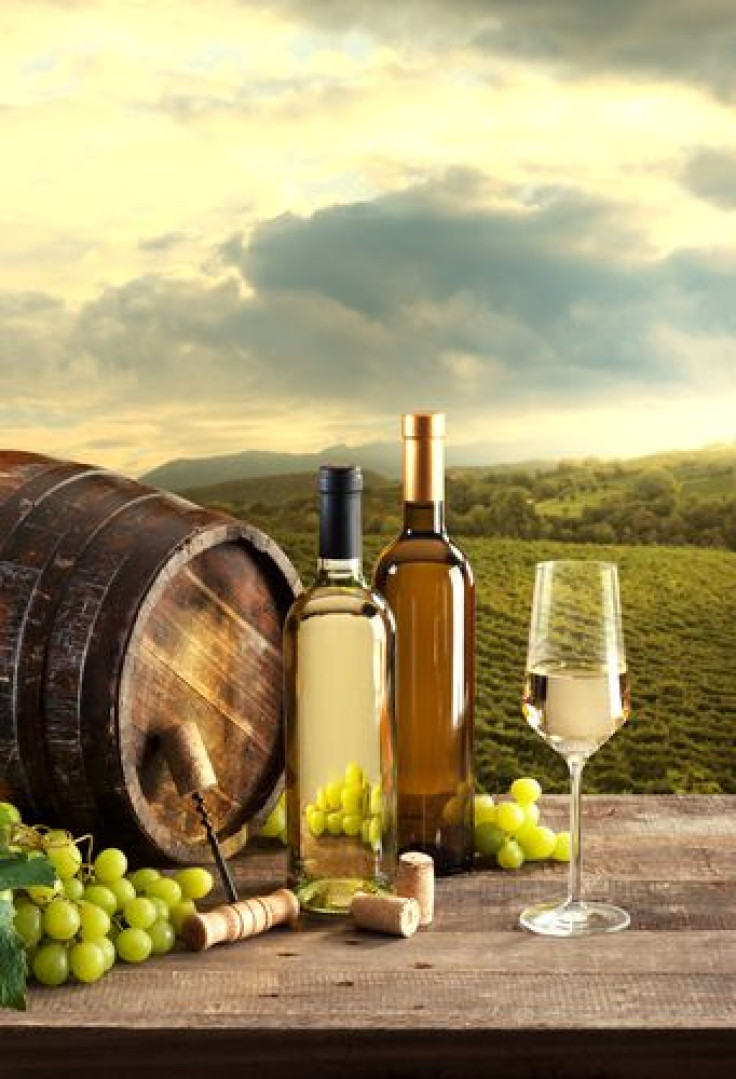Wine Symposium Explores How Growing Region, Storage Affects Flavors, Content

What really makes that wonderful vintage wine so lip-smackingly delicious? What gives it that juicy character with mild hints of fruitiness and spice? Location, apparently, from where the grapes are grown to where the end-product is stored, according to wine experts.
These and many more related topics will be discussed in a symposium titled, "Advances in Wine Research," this week at the 248th National Meeting & Exposition of the American Chemical Society, which will feature nearly 12,000 reports.
"In this symposium, we will be evaluating components that affect flavor, taste, mouthfeel, and also color, as well as sustainable vineyard and winemaking variables that impact the composition of the wine," said symposium organizer Dr. Susan E. Ebeler, in a statement. She says that San Francisco, located near the heart of the American wine-growing region Napa Valley, is the ideal spot for the symposium. "The symposium is expected to draw a high level of interest from local wineries, food industries, and government agencies."
The study, which Ebeler co-authored discusses the importance of location. Growing the same grapes in different locations may produce different tastes and aromas. For example, the Argentinean Malbecs tended to have grapes that tasted more ripe, which were sweeter and had higher alcohol levels, while those from California were more bitter, and had more artificial fruit and citrus aromas, Ebeler said.
The study used 41 research lots of Californian and Argentinean Malbec wines to understand the chemical and sensory effects of different regions. Trained panelists evaluated the wines, and the researchers conducted a gas chromatographic analysis of the wines' volatiles, or the compounds we'd normally smell.
A different study presented at the symposium also found that storage locations of the wine bottles greatly altered their tastes. The team placed 400 bottles from 20 different lots of Sangiovese wine for 24 months in either a professional wine cellar with strictly controlled temperature (59 to 62 degrees) or in conditions mimicking a dark room in a home (68 to 80 degrees) for different seasons. "We discovered that a relatively small difference in the temperature speeds up several chemical reactions associated with wine aging, and even promotes new reactions that are not observed at lower temperatures," study leader Fulvio Mattivi said in the statement.
They found that six months of storage under domestic conditions made the wine in these bottles as "old" as a bottle from the same producer and lot stored for two years under cellar conditions. "The house-stored wine was aging approximately four times faster,” said Mach. But there were differences in flavor, he said. The wine stored in the dark room had fewer healthful antioxidants and less red pigmentation than the cellar versions, making it less flavorful.
During the symposium, researchers will also discuss topics such as the differences in wine grape quality within the same region; how adding antioxidants to Sauvignon Blanc at harvest changes the aroma; new insights into how wine stimulates the secretion of stomach acids; and the influence that toasting wood has on forming key aromatic compounds in wines.



























